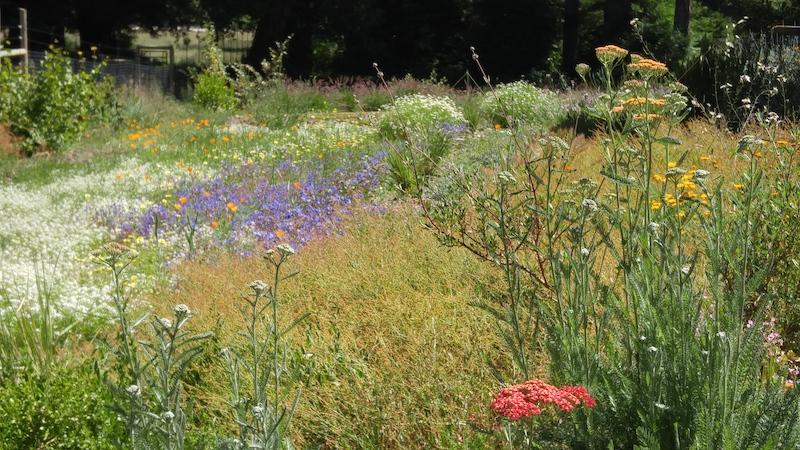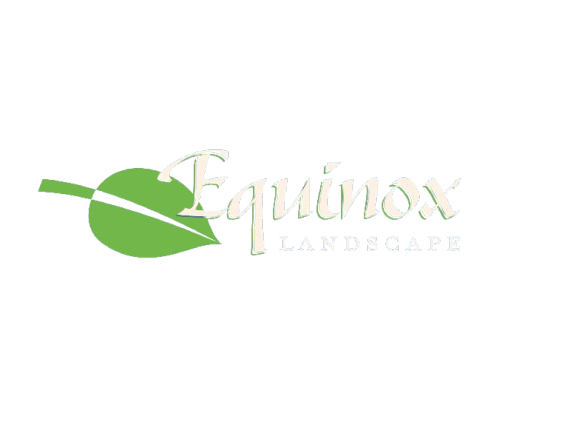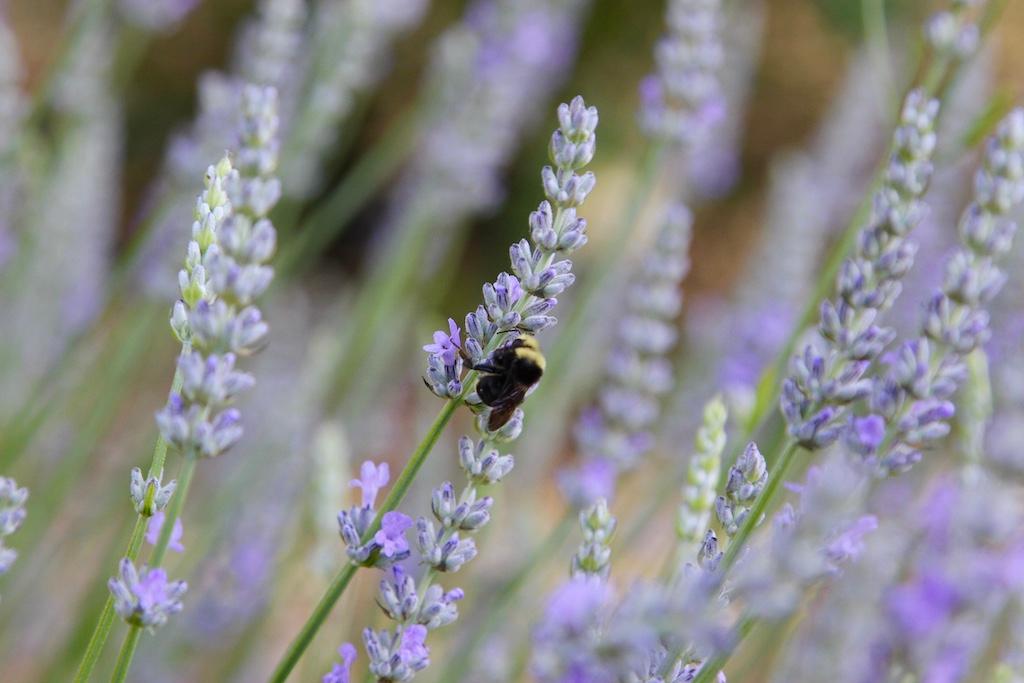The story of the birds and bees is the oldest on earth. We’re talking not only about birds and bees, but butterflies, bats and other wildlife that serve critically important roles as pollinators. The vast majority of flowering plants on earth need help reproducing via pollination. And one-third of all the food we eat depends on pollinators.
The effects of climate change, loss of habitat and pollution make it hard for our pollinator friends to do their jobs. You can help by growing a pollinator garden in your yard, or in pots on your balcony or patio. Here are a few pointers:
Plant for the climate in which we live.
It seems obvious, but native plants feed native pollinators. Our drought-prone Mediterranean climate supports a wide range of flowering plants, grasses and shrubs that nurture native bees, butterflies and hummingbirds, along with vitally important (non-native) honeybees. Sticky monkey flower, California lavender and poppies, indigenous milkweed, sages, succulents and rosemary are all dry-climate adapted and pollinator-friendly.
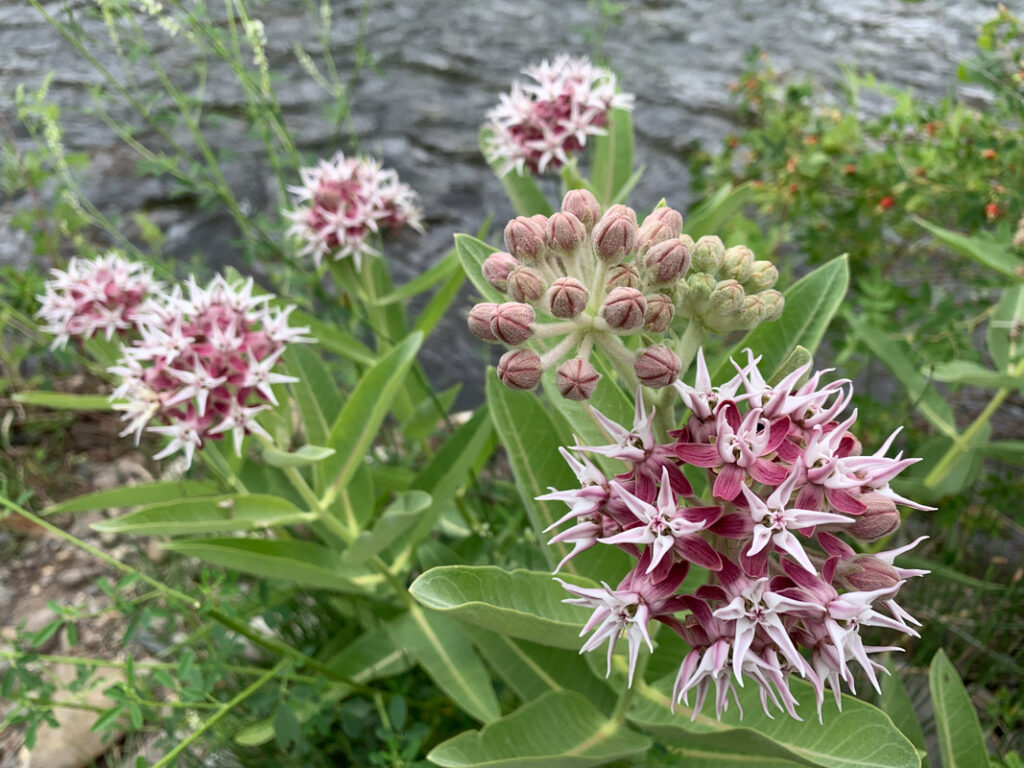
Showy Milkweed is a California native, providing critical food for the monarch butterfly larvae. (Photo: growmilkweedplants.com)
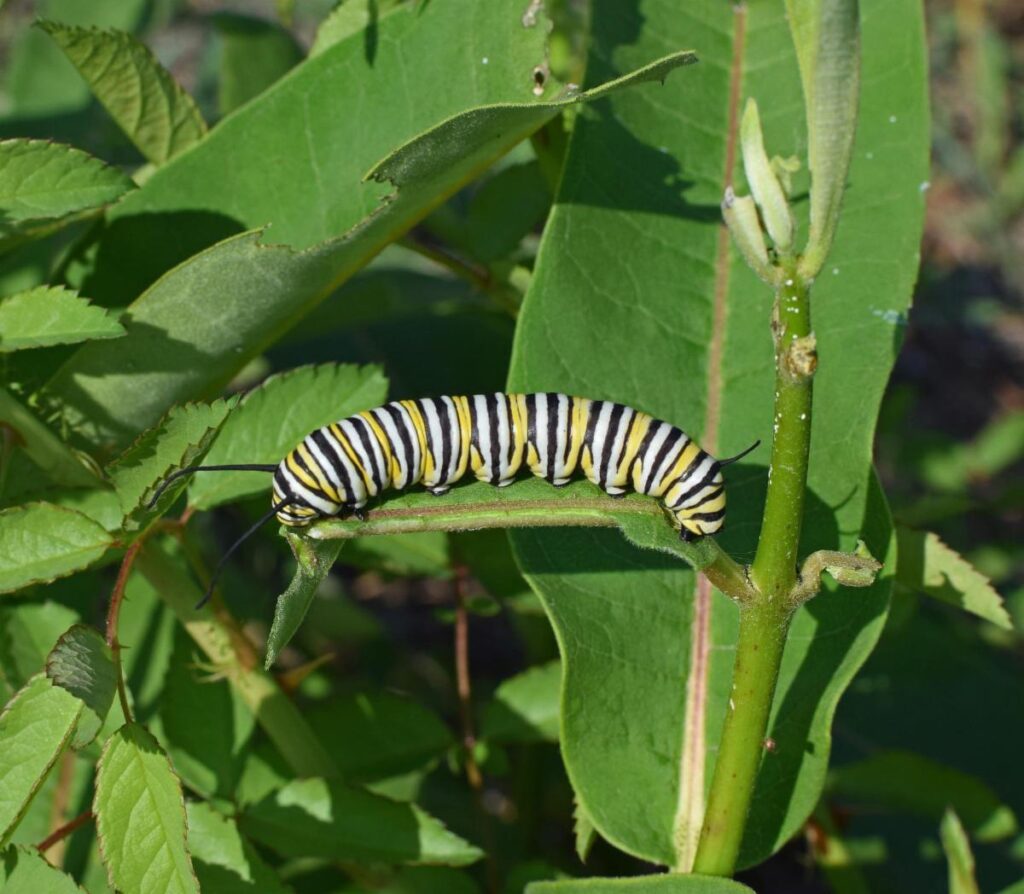
This striped caterpillar will grow into…
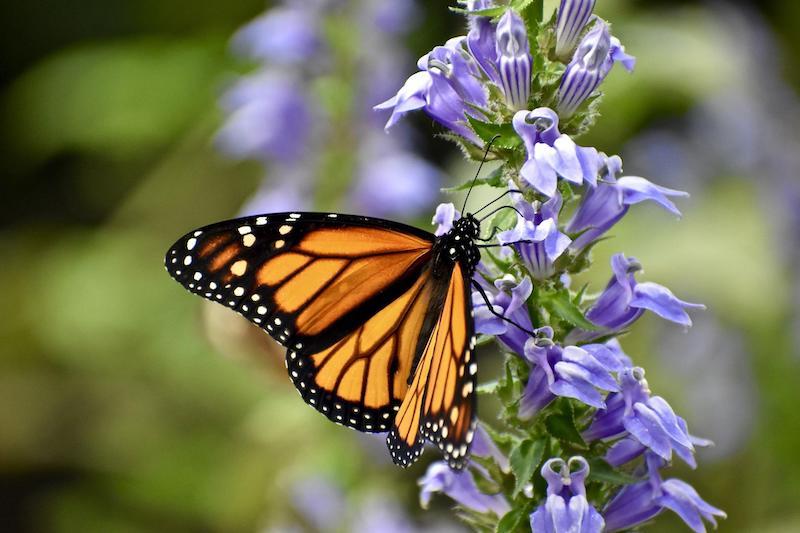
…this beauty!
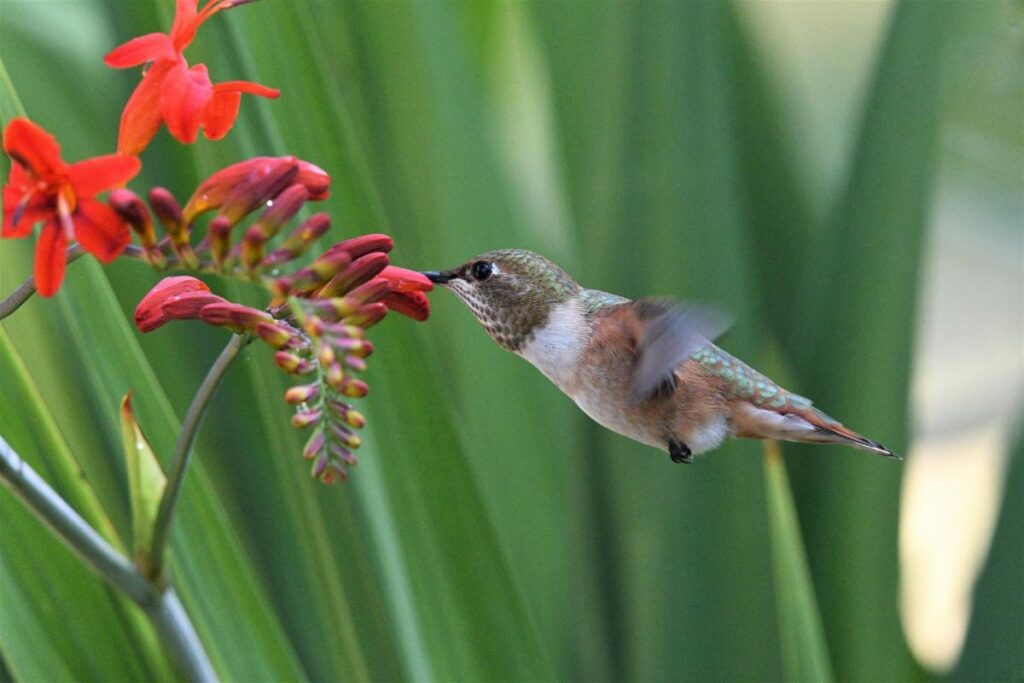
Plant for bio-diversity.
A diverse ecosystem is a more resilient ecosystem, so try not to focus on attracting only one pollinator, like honeybees. Native bees and beneficial wasps serve important niches, as do hummingbirds, bats and some beetles, so aim for variety of plants and bloom cycles. Our Bay Area climate supports blooming plants year round, from Mexican sunflowers in winter, to delicate anemones in autumn.
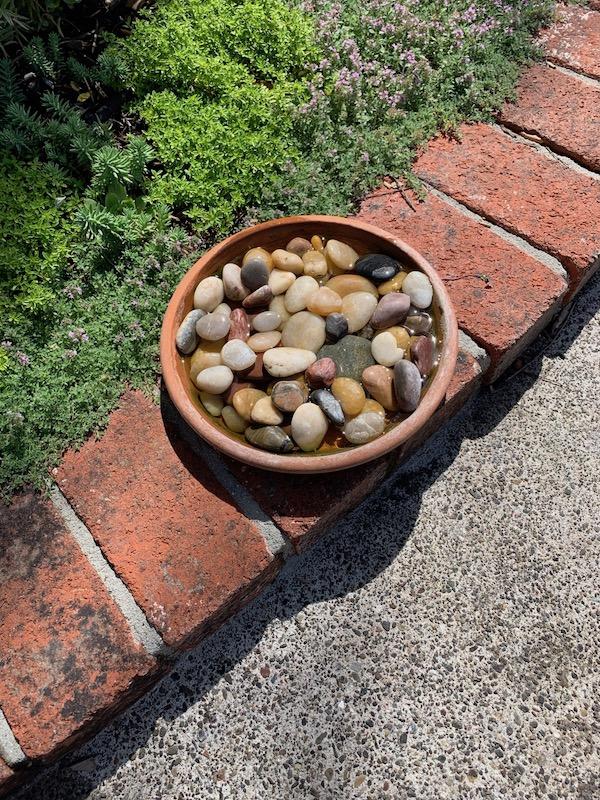
Insects need water too.
It doesn’t have to be big or use a lot of water, but fill a shallow dish and add a few stones for landing pads. This provides much needed hydration for bees, ladybugs, butterflies and dragonflies. Remember to change the water every 5 to 7 days to avoid mosquito breeding.
But what about the drought?
Right now in mid-summer, it’s better to plan your pollinator garden rather than plant it. Now’s the time to prepare your soil by spreading compost and mulch to retain nutrients and moisture. You can install just a few of the most drought-tolerant plants, but save the bulk of planting for the fall, in advance of our wet season. Fortunately, most native plants require very little water once established. And you can irrigate in summer using saved household water from shower warm-ups and rinsing produce, not to mention laundry-to-landscape greywater recycling.
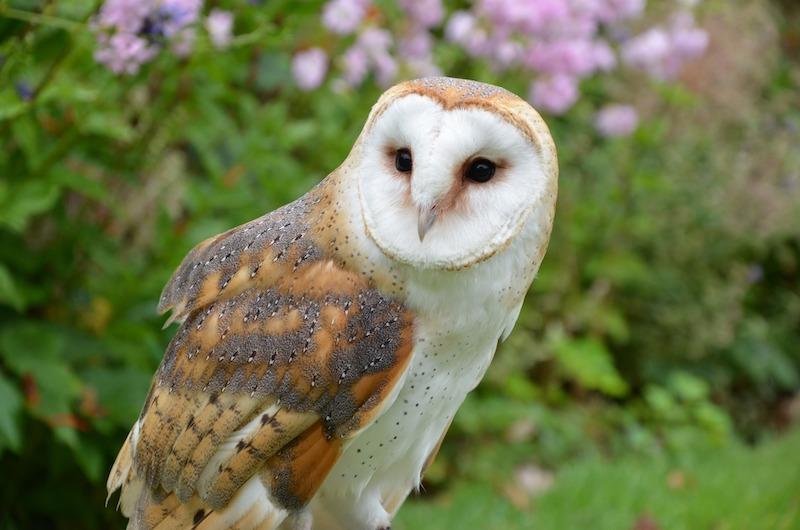
Encourage other wildlife.
Owls are natural predators that control rodent populations in your garden. If you have room, consider installing owl boxes on your property. Super-helpful garter snakes also eat lots of garden pests, so thick ground cover and a few logs help provide them with safe habitat. A healthy garden ecosystem should be teeming with beneficial critters!
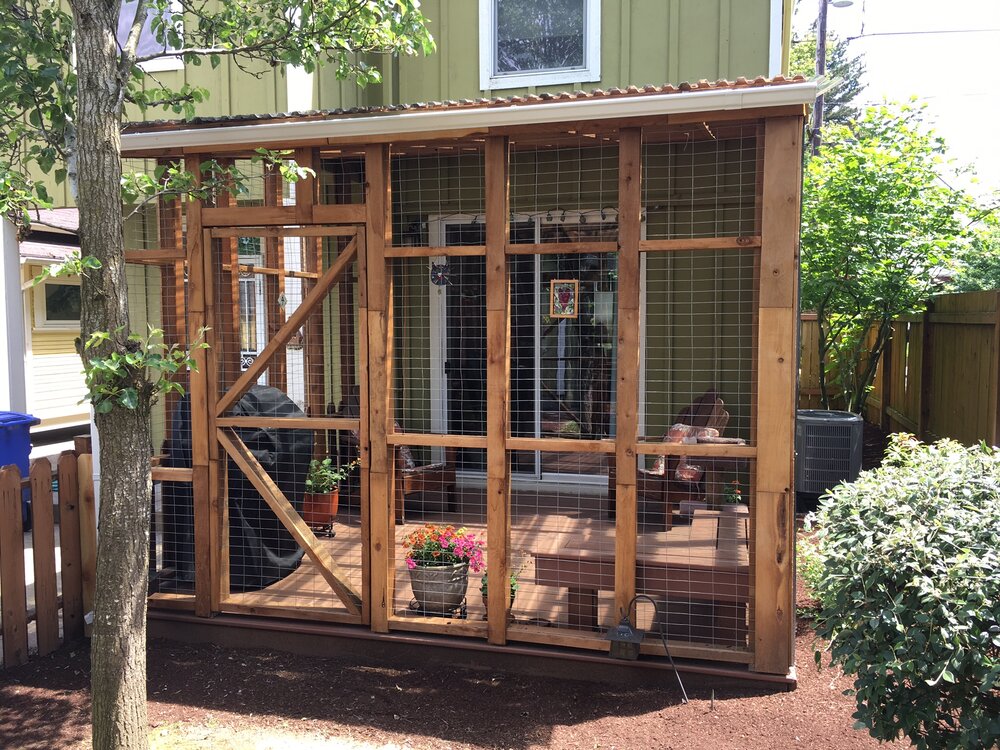
Discourage outdoor cats.
Sad but true, outdoor domestic cats (housed and feral) are responsible for the decimation of billions of songbirds, small mammals, reptiles and amphibians every year throughout North America. They are naturally adept predators, and until fairly recently, their impacts on wildlife were not well studied. Awareness of cat predation is catching on. One thing you can do for your cat is build a “catio” on your back porch or patio. These enclosed outdoor “cat lounges” allow for fresh air and stimulation while protecting all that wildlife in your beautiful pollinator garden.
(Photo: Feral Cat Coalition of Oregon)
Dig Deeper:
- Pollinator.org provides a wealth of information, including planting and bee guides, garden cards, articles, books and tons more.
- Bay Friendly Gardening, originally published by Stopwaste.org, is one of the best guidelines for our local climate. Click on the link and check out chapter 5, “Gardening for the Birds and Bees.”
Even in drought conditions, it’s a good time to plan your pollinator garden and prepare your landscape. Our ecological design team can transform your yard or patio into a beautiful garden that nurtures pollinators, beneficial wildlife and you! Call us for a consultation: 707-789-9786.
